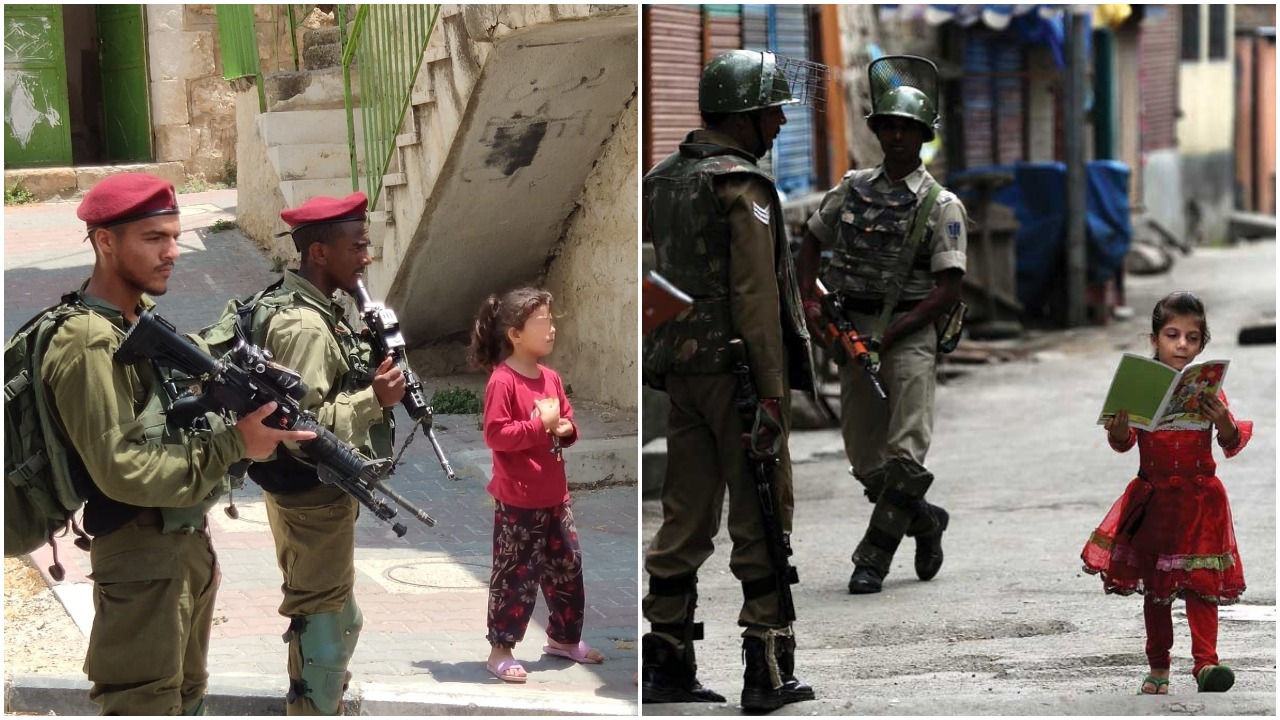Category: Reports
-
ISM stands in solidarity with the people of Kashmir
August 16 | International Solidarity Movement | Statement of Solidarity We, the International Solidarity Movement, express our solidarity with the people of Kashmir as they resist the annexation and occupation of their land by Indian military forces. We recognize the same methods of oppression and occupation used by the Israeli government in Palestine being…
-
Israel permits settler invasion of Al-Aqsa on Muslim holiday
August 11 | International Solidarity Movement | Old City, East Jerusalem, occupied Palestine Hundreds of settlers invaded the Al-Aqsa compound in Jerusalem’s Old City this morning after Israeli soldiers used tear gas, sound grenades and rubber-coated steel bullets to clear out Muslim worshippers. 61 Palestinians were injured and 15 hospitalised when soldiers and police let…
-
Israeli settlers attack Palestinians and harass internationals, IOF arrest observers
August 11 | International Solidarity Movement | Hebron, occupied Palestine Yesterday in Tel Rumeida, the afternoon before Eid, settlers attacked an elderly Palestinian couple as they walked home. International activists in the area attempted to document the abuse. The soldiers were not protecting the Palestinians. They were allowing the actions of the violent settlers. …



